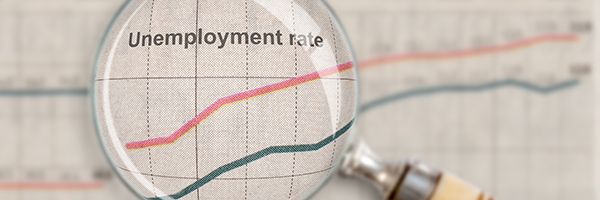In a speech on Wednesday, Federal Reserve chair Jerome H. Powell said that the unemployment rate in January was “close to 10%, not the 6.3% rate reported by the Labor Department last week.
Part of the problem is a misclassification of unemployed workers as employed. That misclassification has surfaced before in Labor Department figures. In May, for example, the Bureau of Labor Statistics flagged a misclassification error that led to a report of the unemployment rate at 13.3% when, the agency said, the rate should have been 16.3%.
Powell himself as spoken about the discrepancy before. After the official unemployment rate fell to 7.9% in September, Powell said a broader, more accurate measure that adjusts for “mistaken characterizations of job status, and for the decline in labor force participation since February would put that month’s rate at around 11%.
Another problem with the official unemployment rate–one built into the figures–is that it doesn’t count those who have left the labor force.
An alternative measure of unemployment calculated by the Bureau of Labor Statistics, the U-6 rate, that does count discouraged workers and workers with part-time jobs who would like full-time work, stood at 11.1% (on a seasonally adjusted basis) or 12.0% (not seasonally adjusted) in January.
The import for investors in Powell’s speech before the New York Economics Club is that the Fed doesn’t see any pressure from the labor market to raise interest rates or reduce its monthly $`20 billion in bond purchases.
If unemployment is 10% (or higher), then the Fed’s policy should be to continue to pump cash into the economy in order to push growth and unemployment higher.


